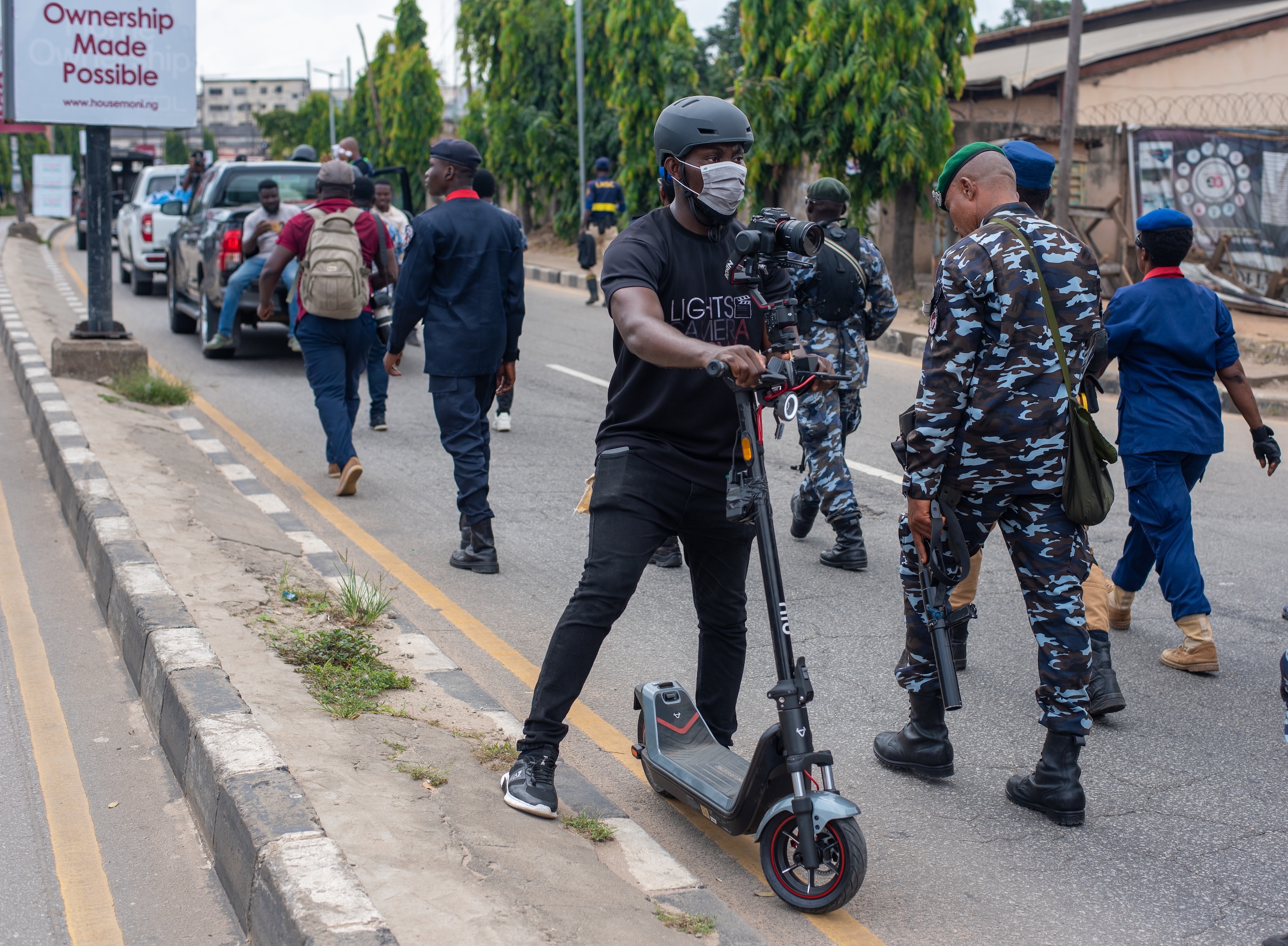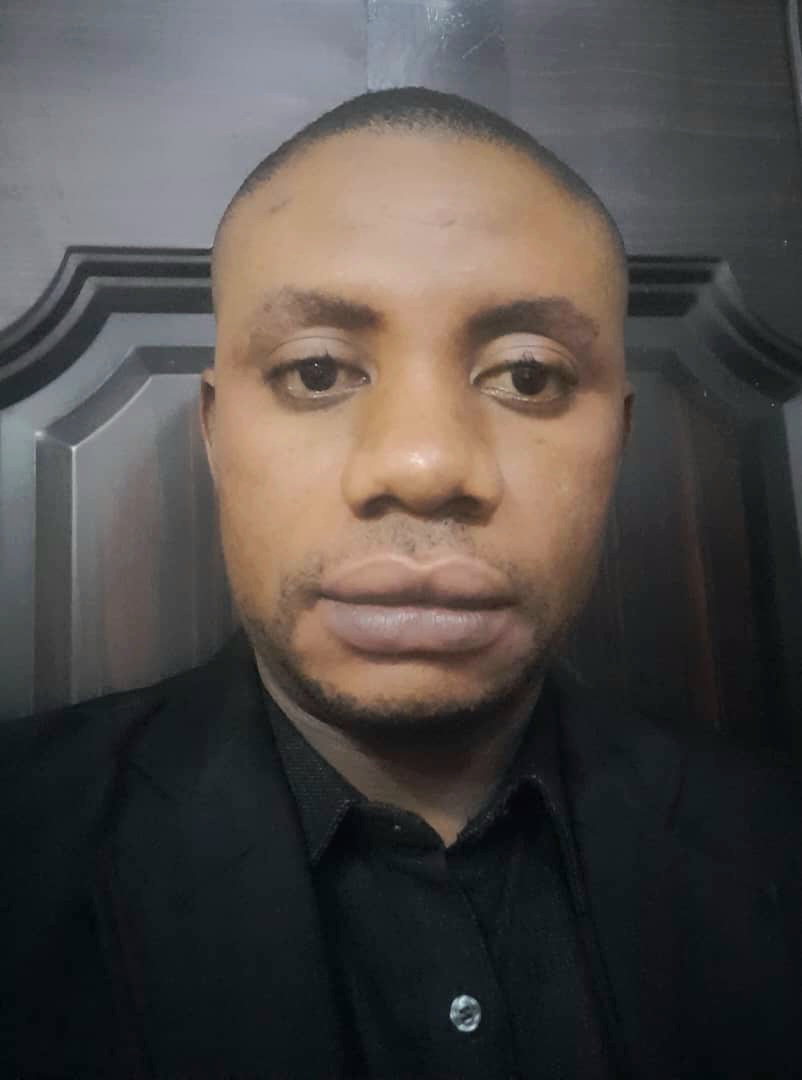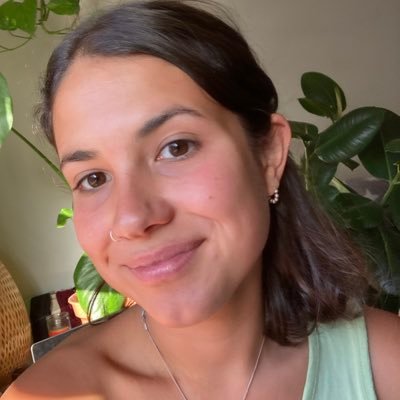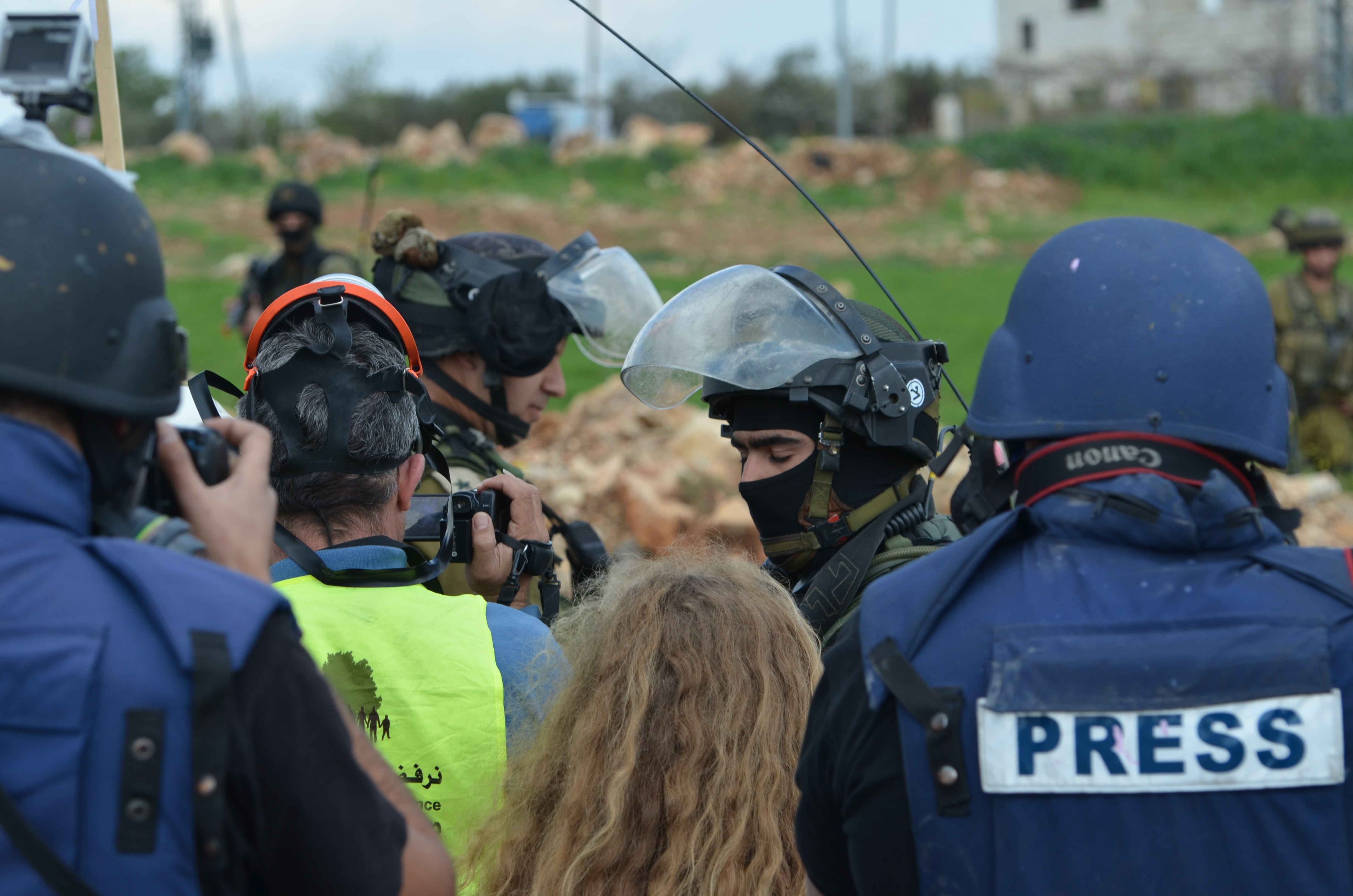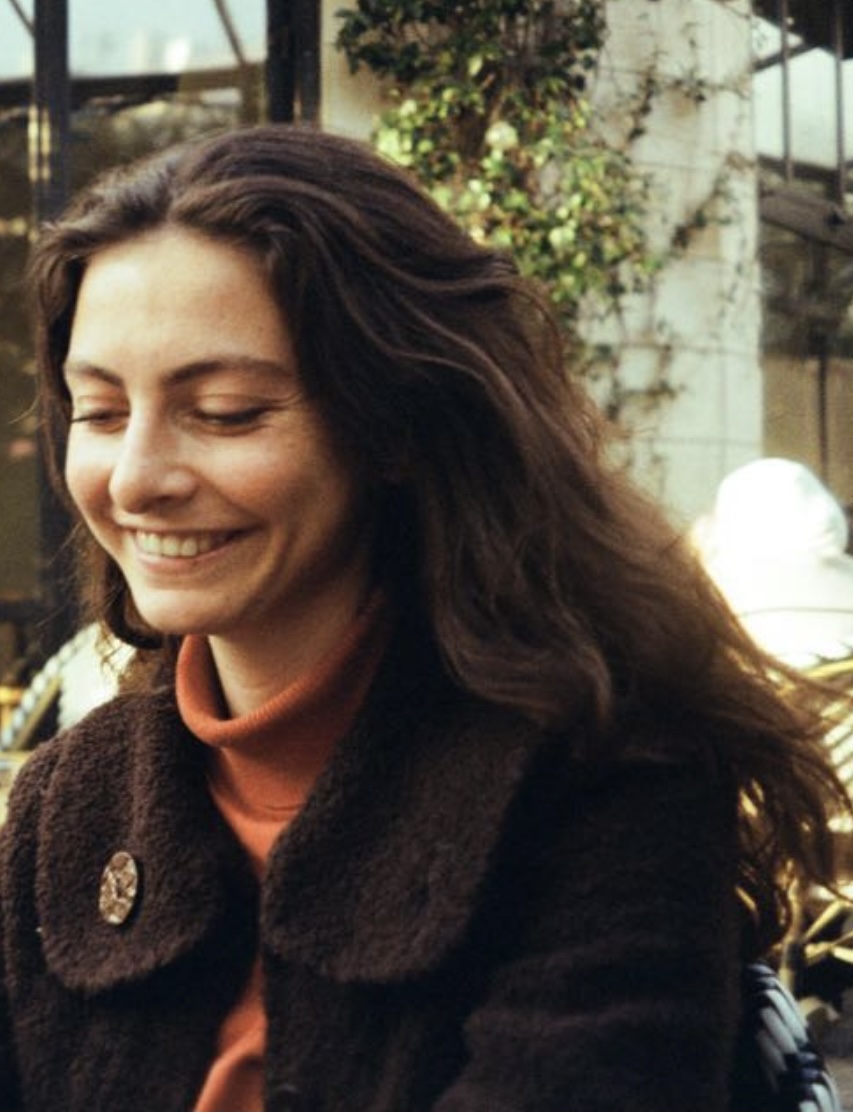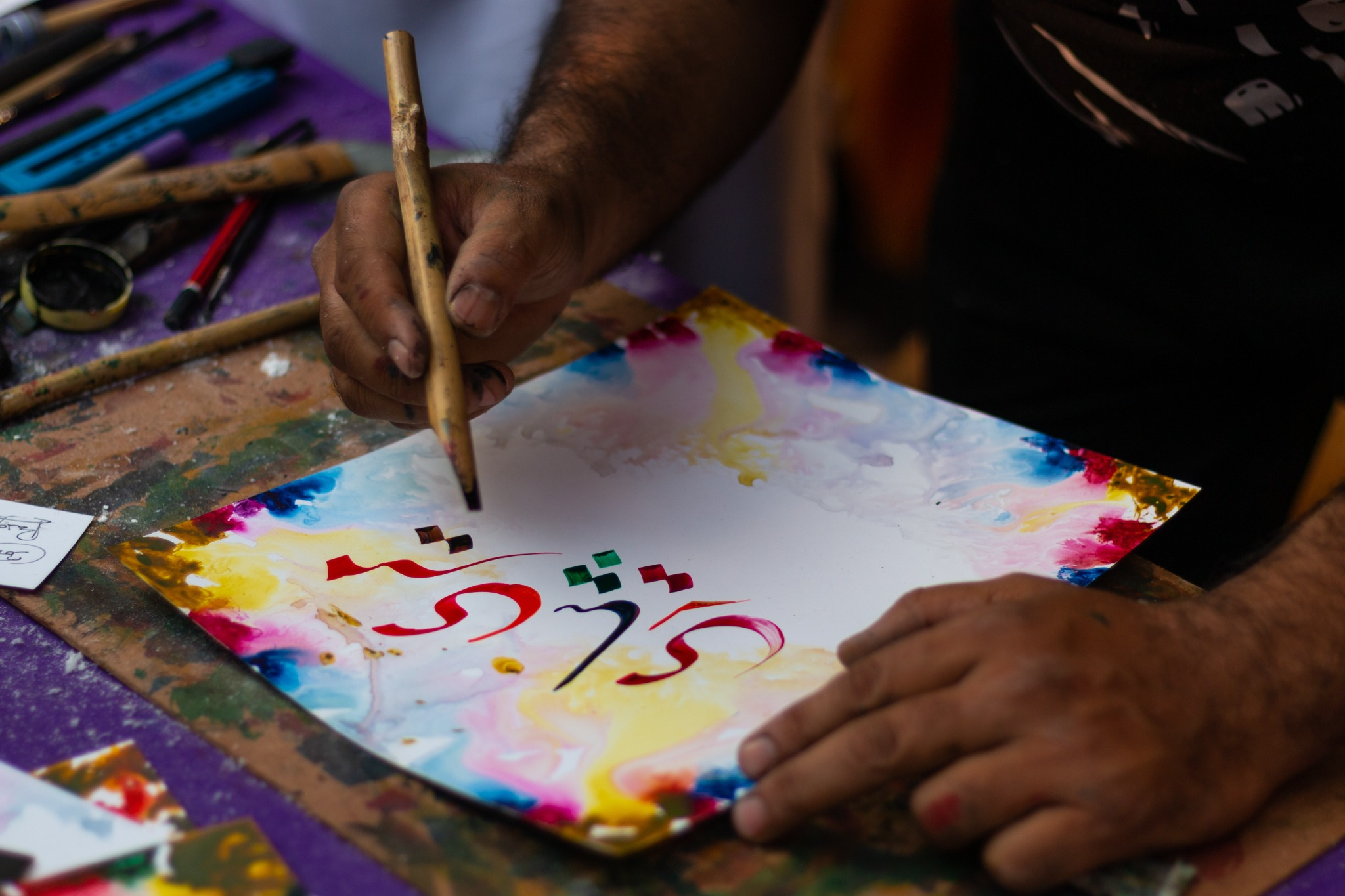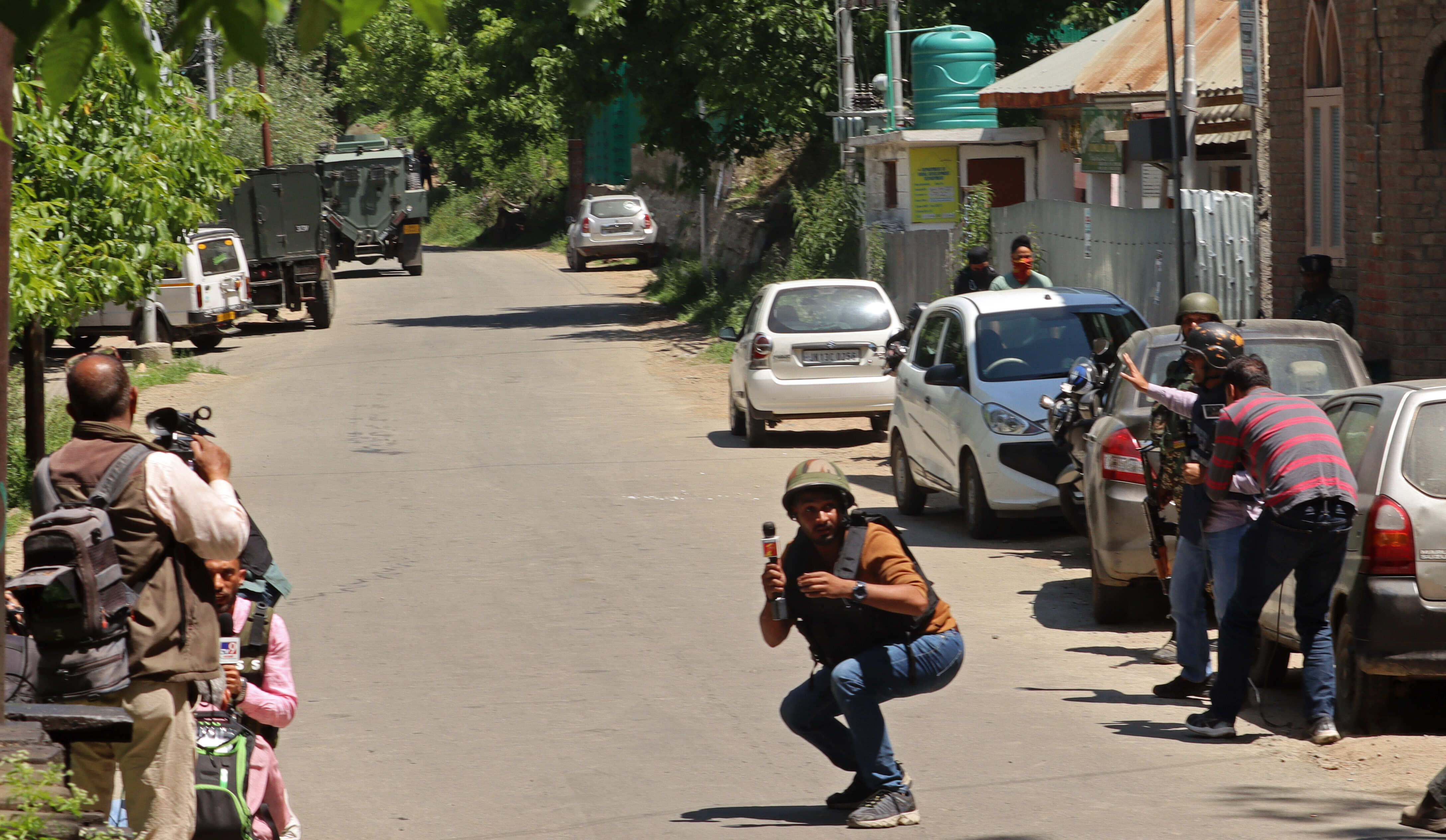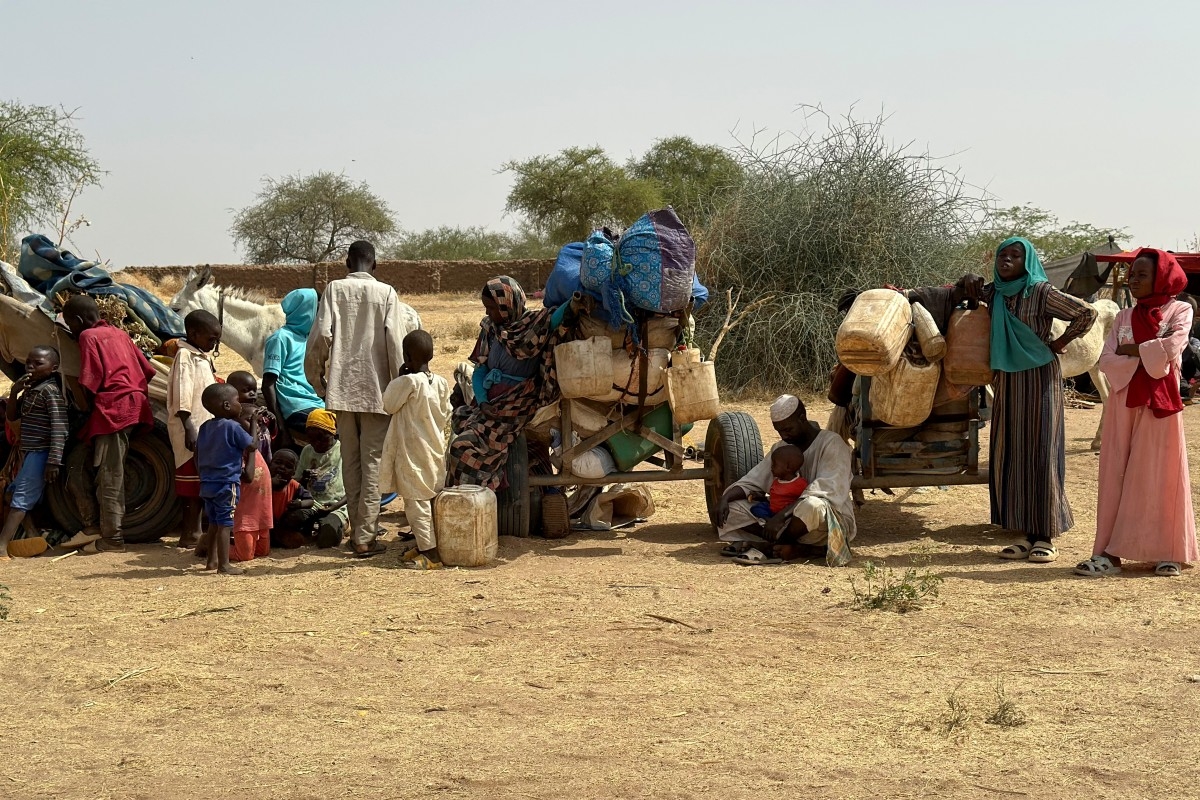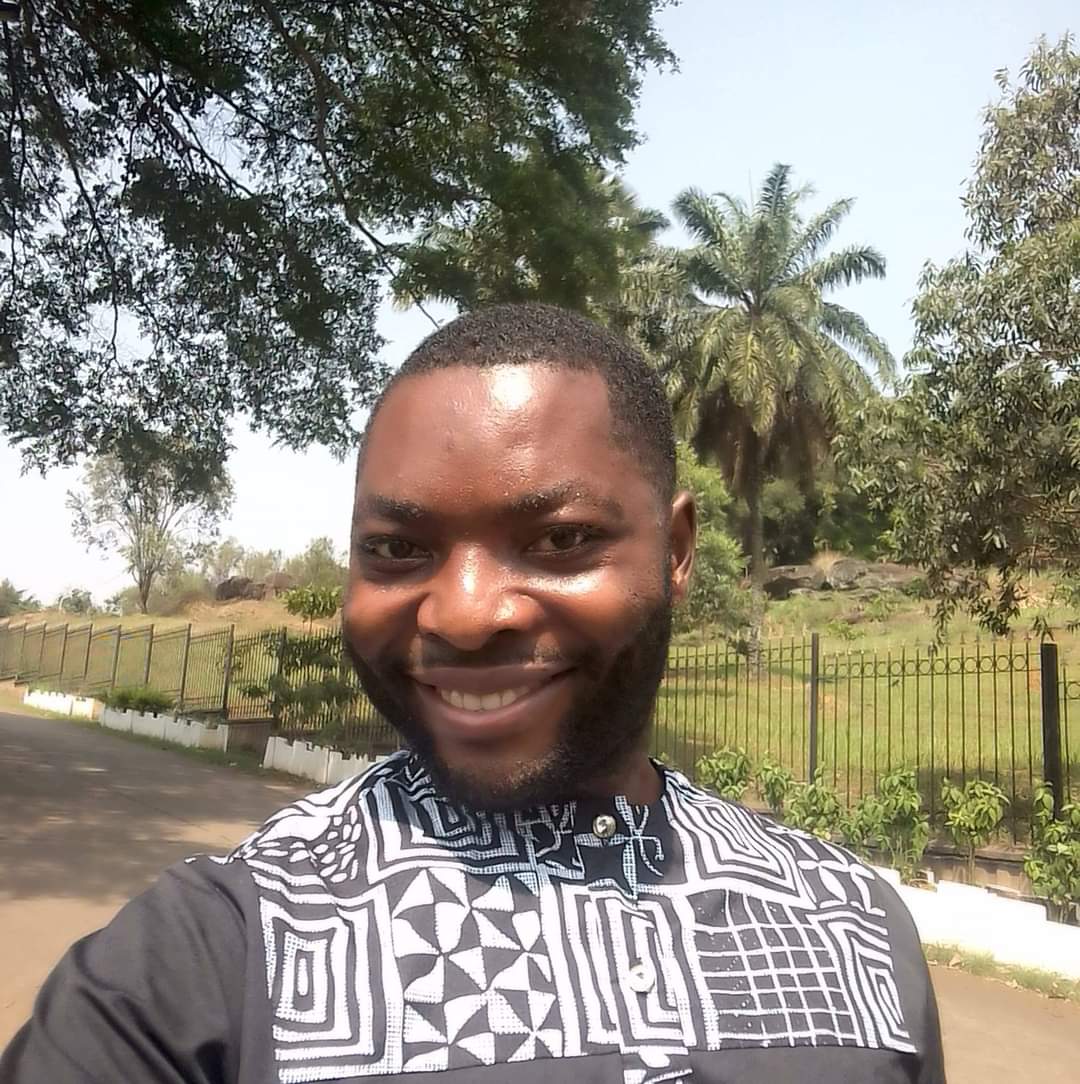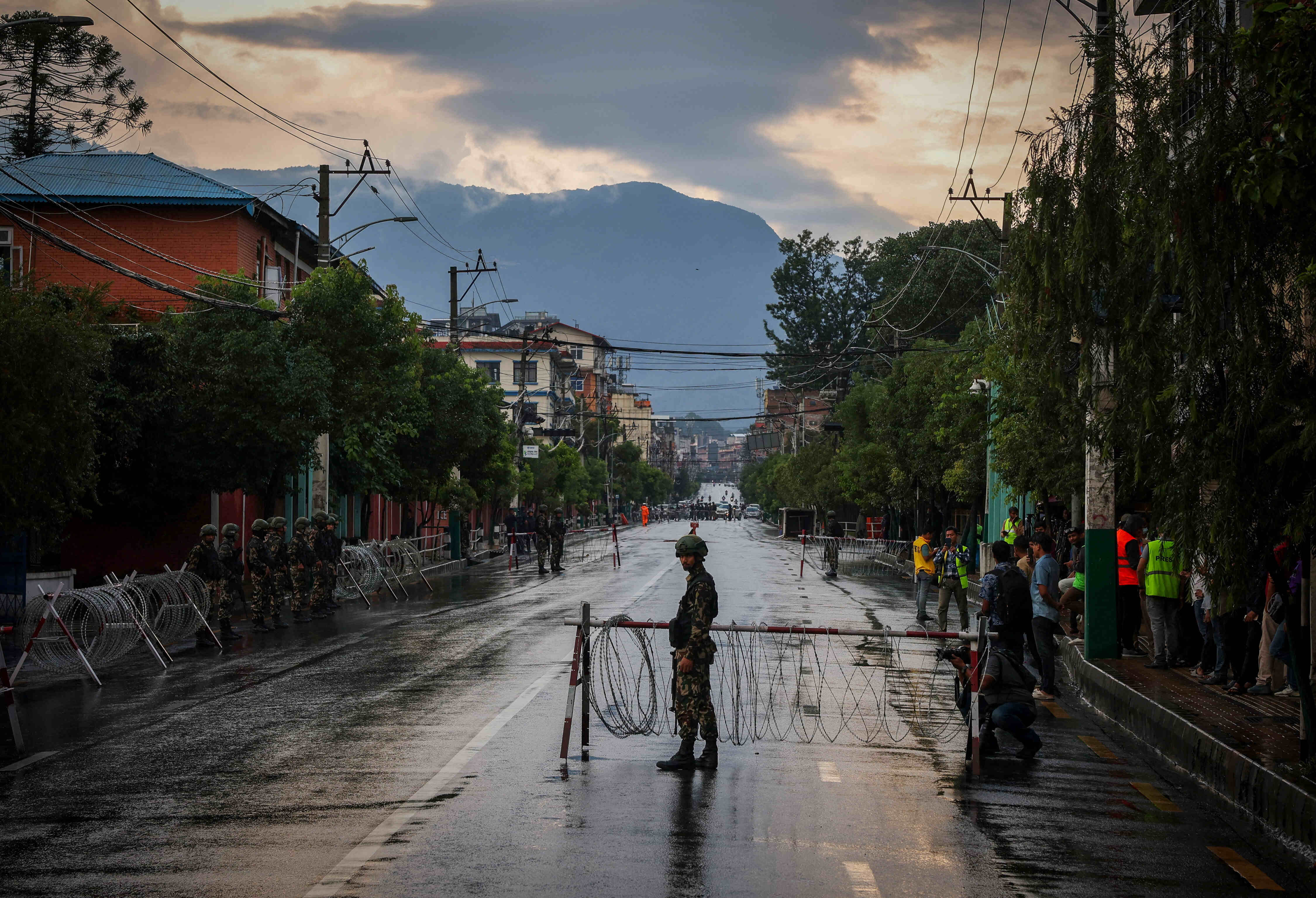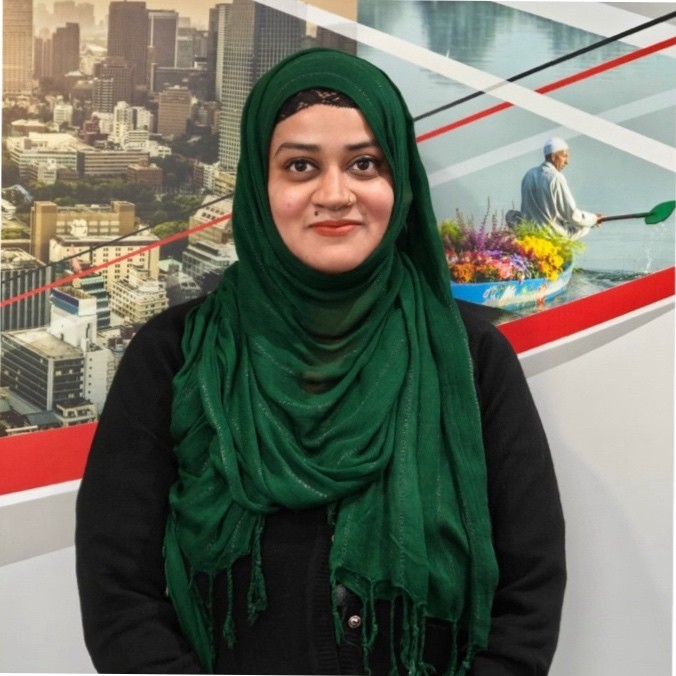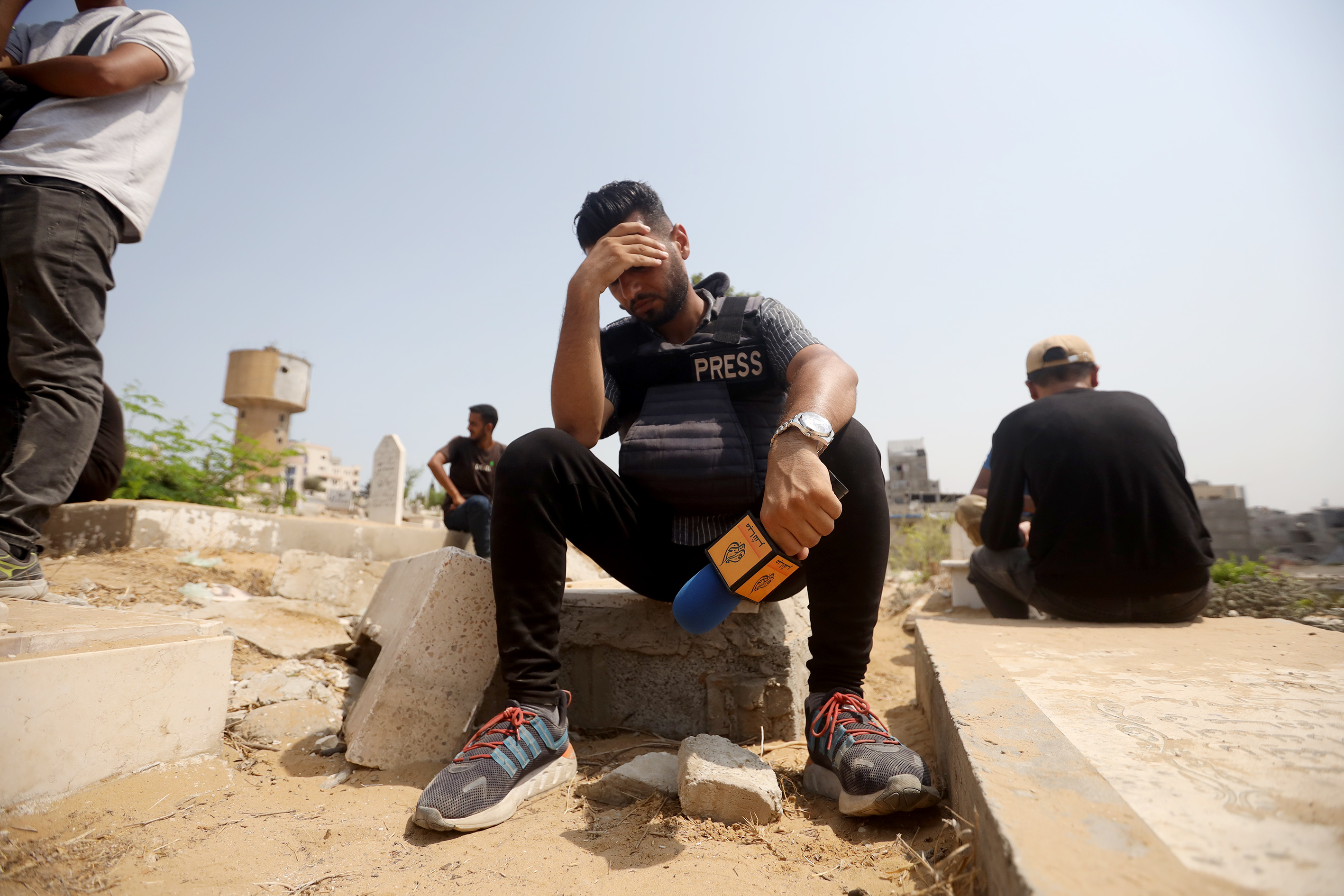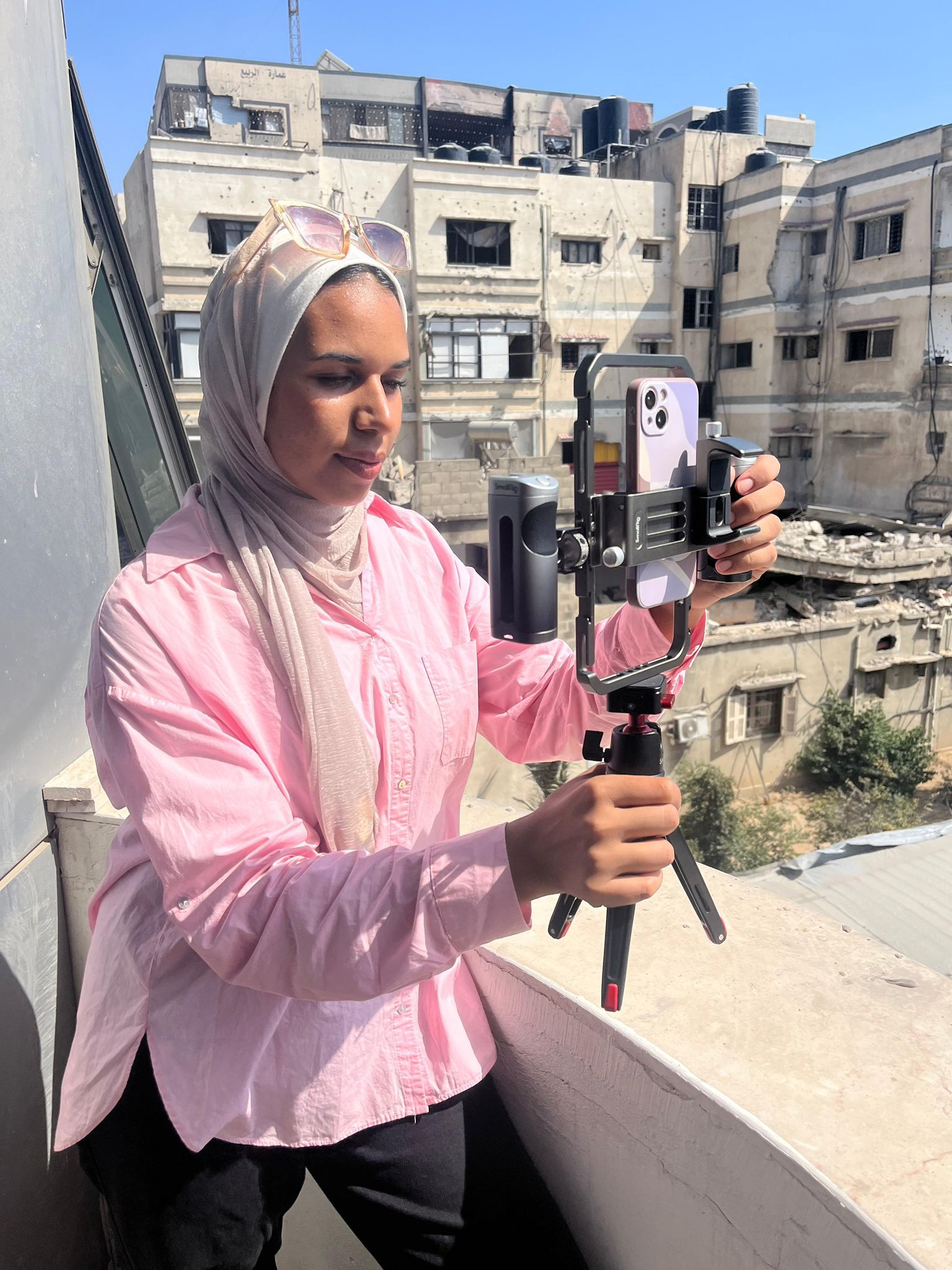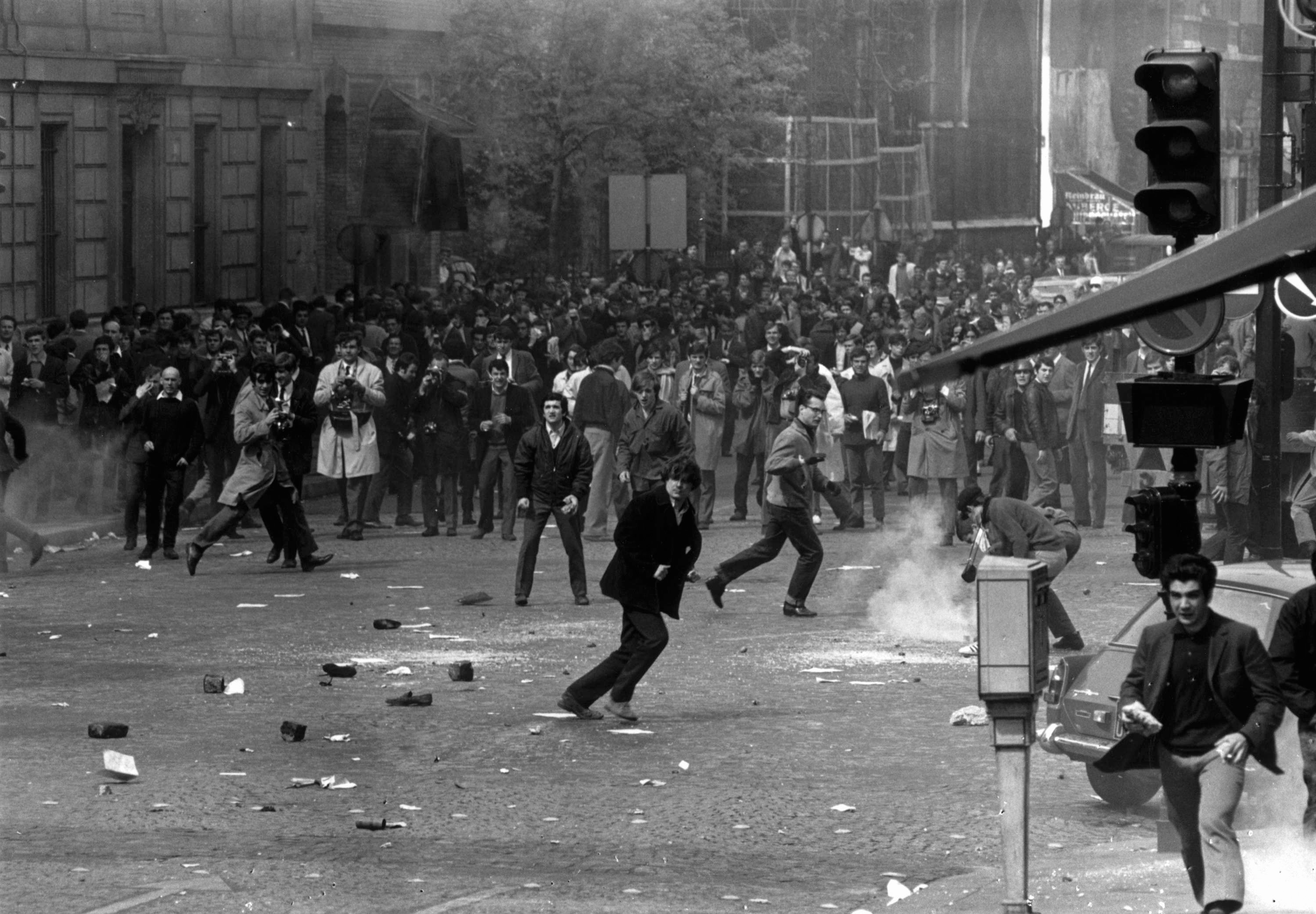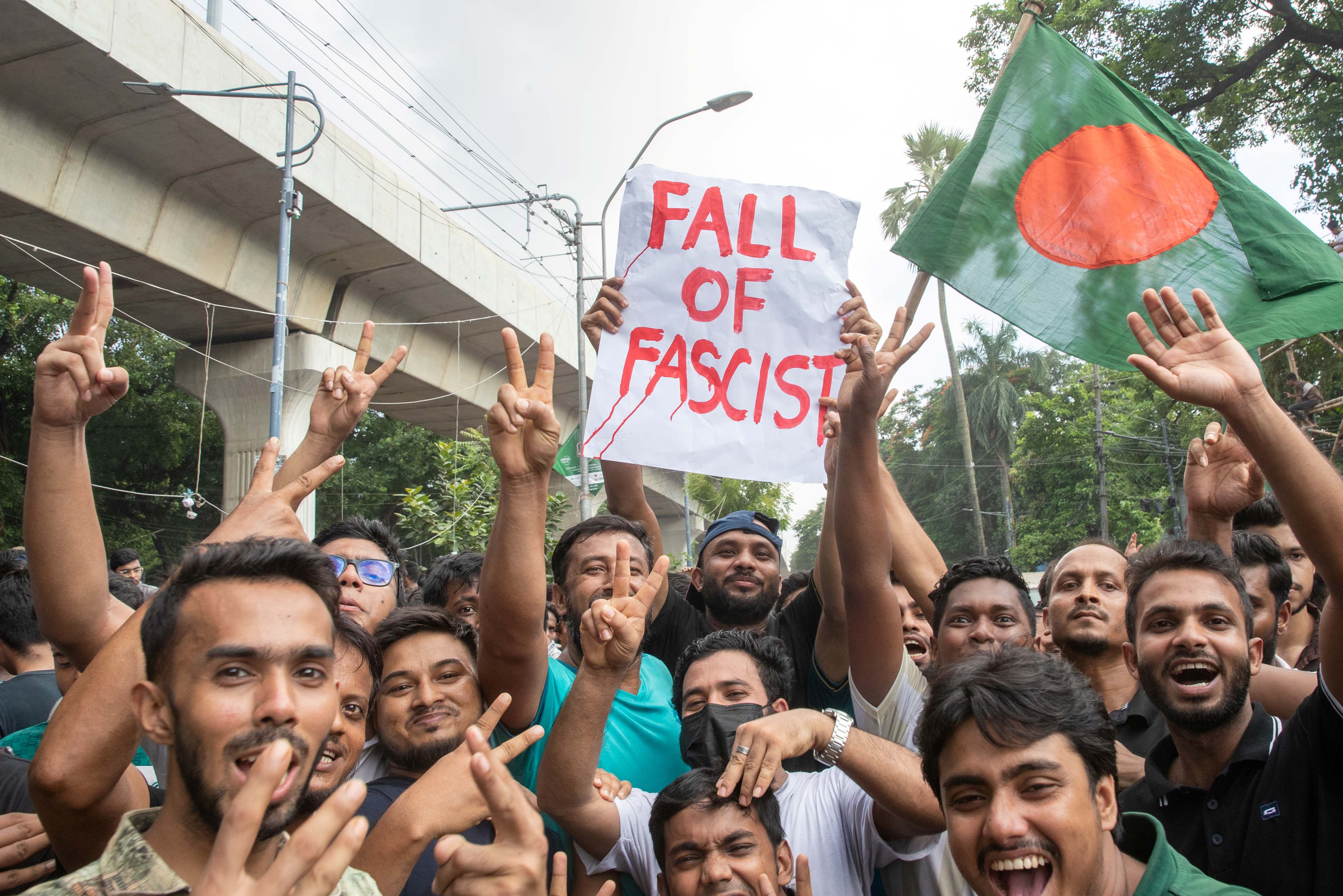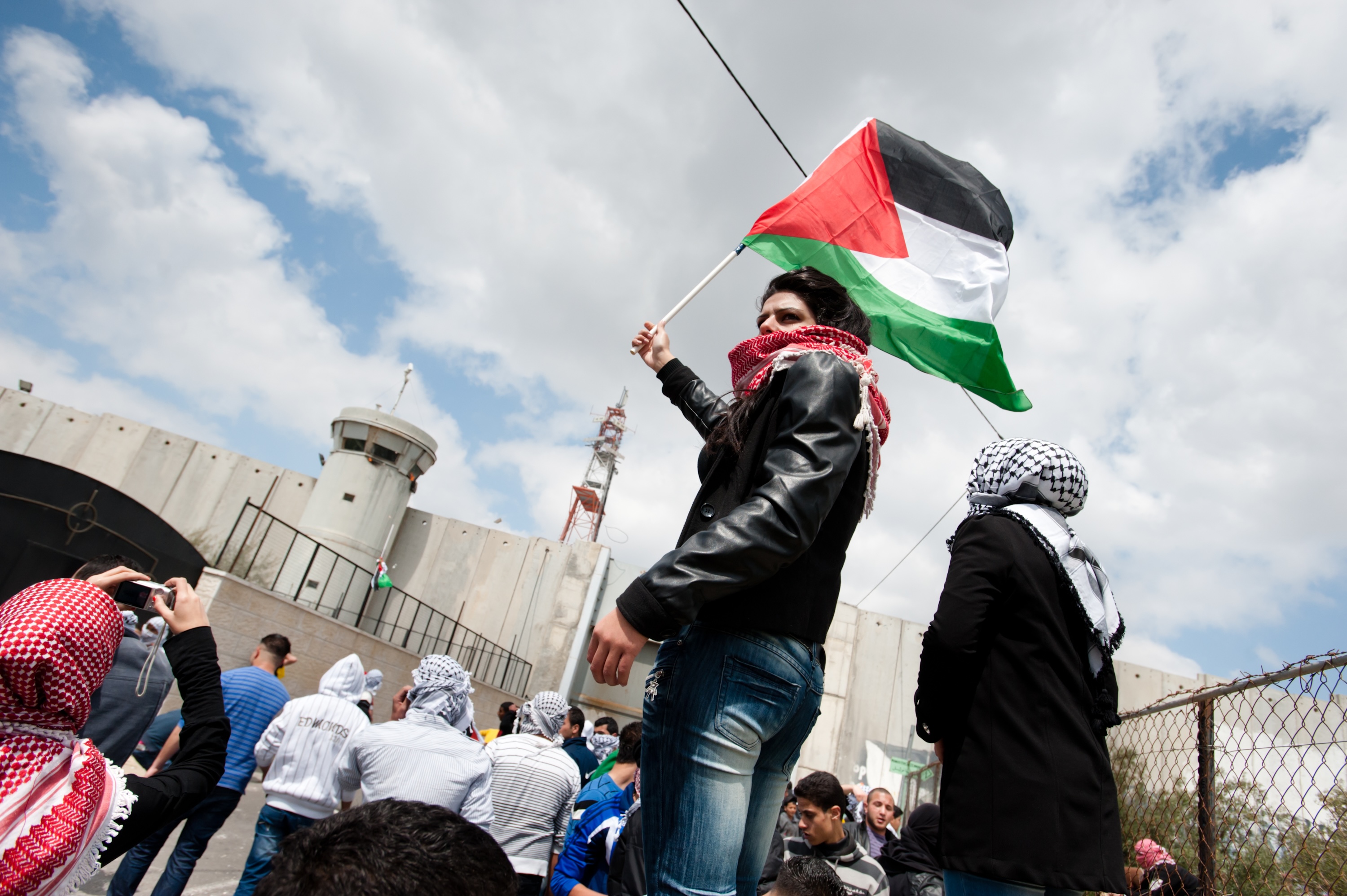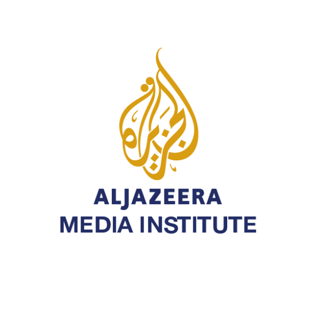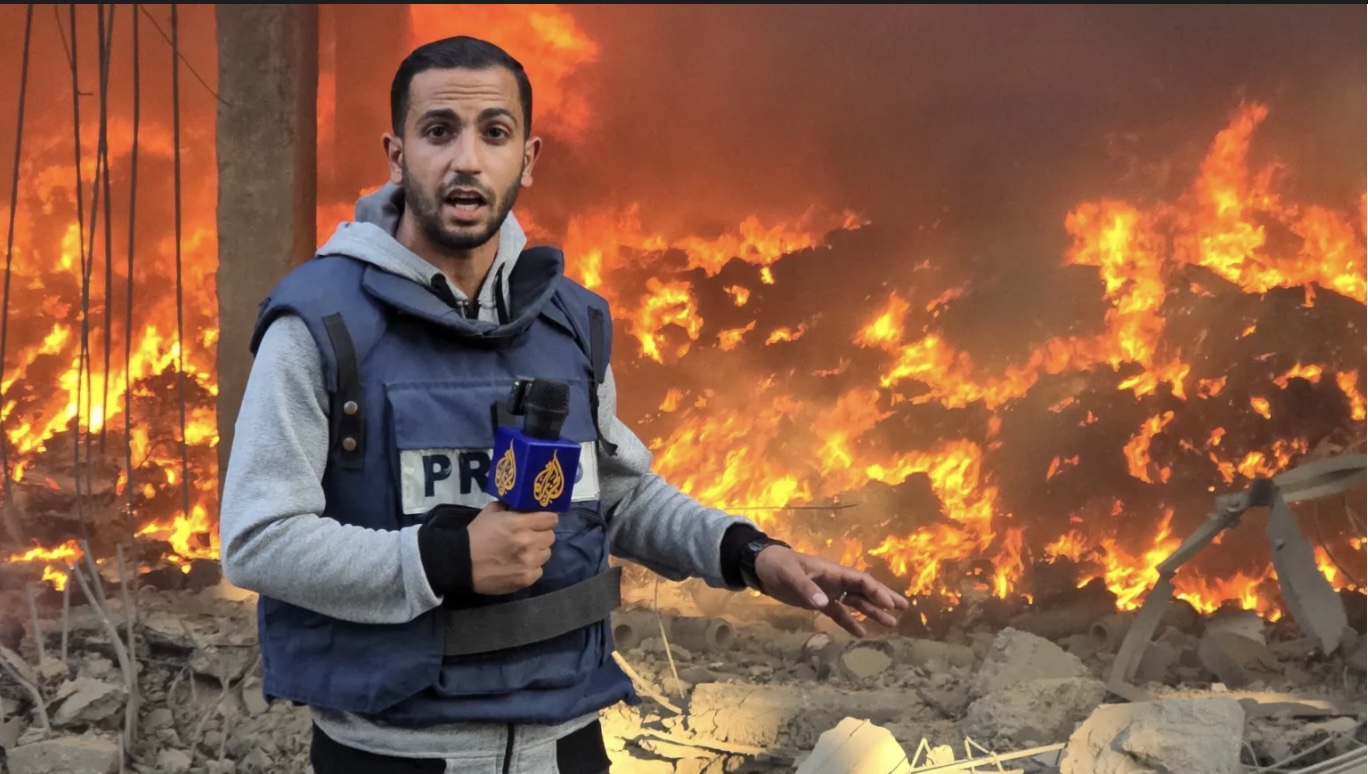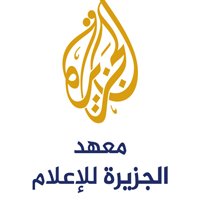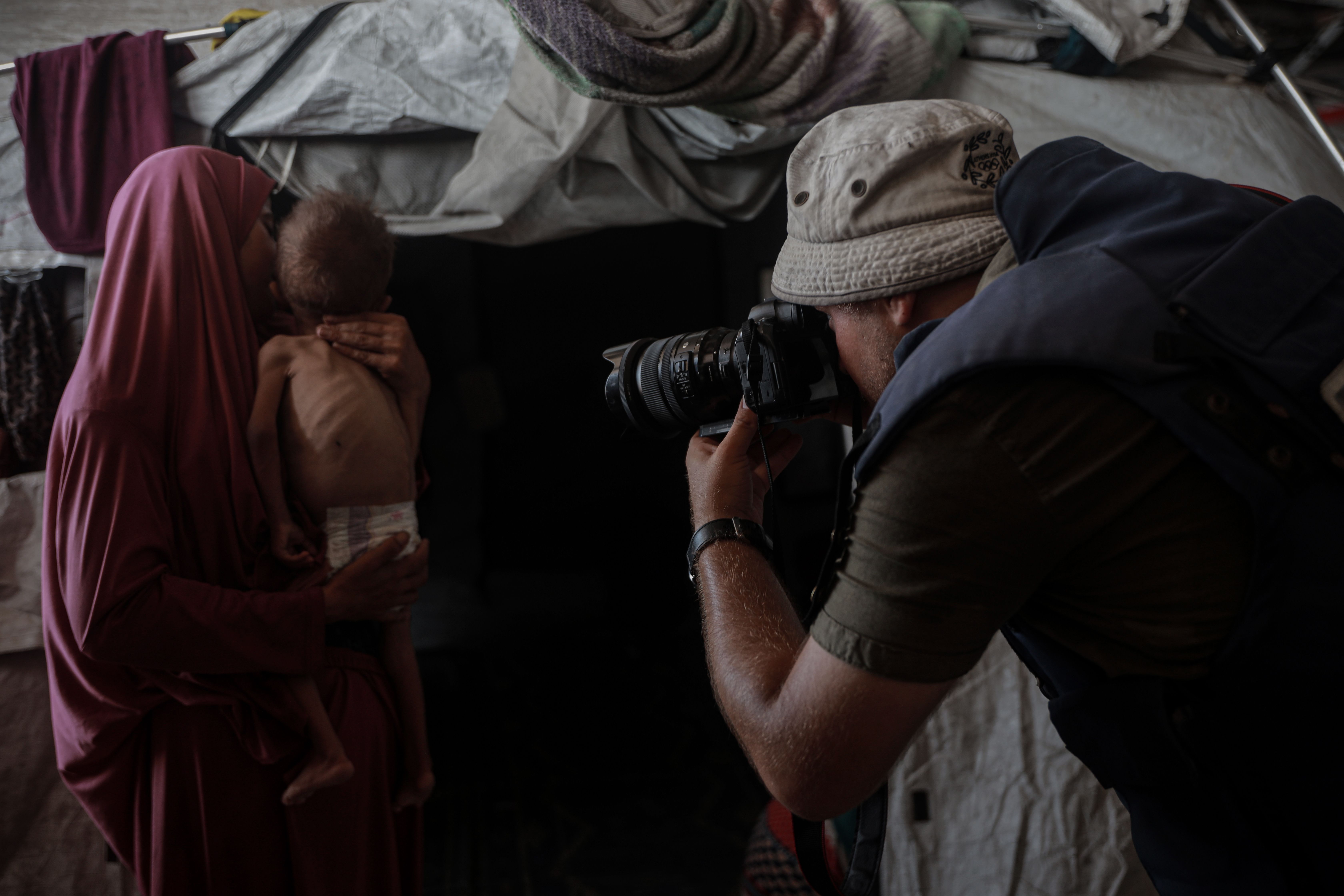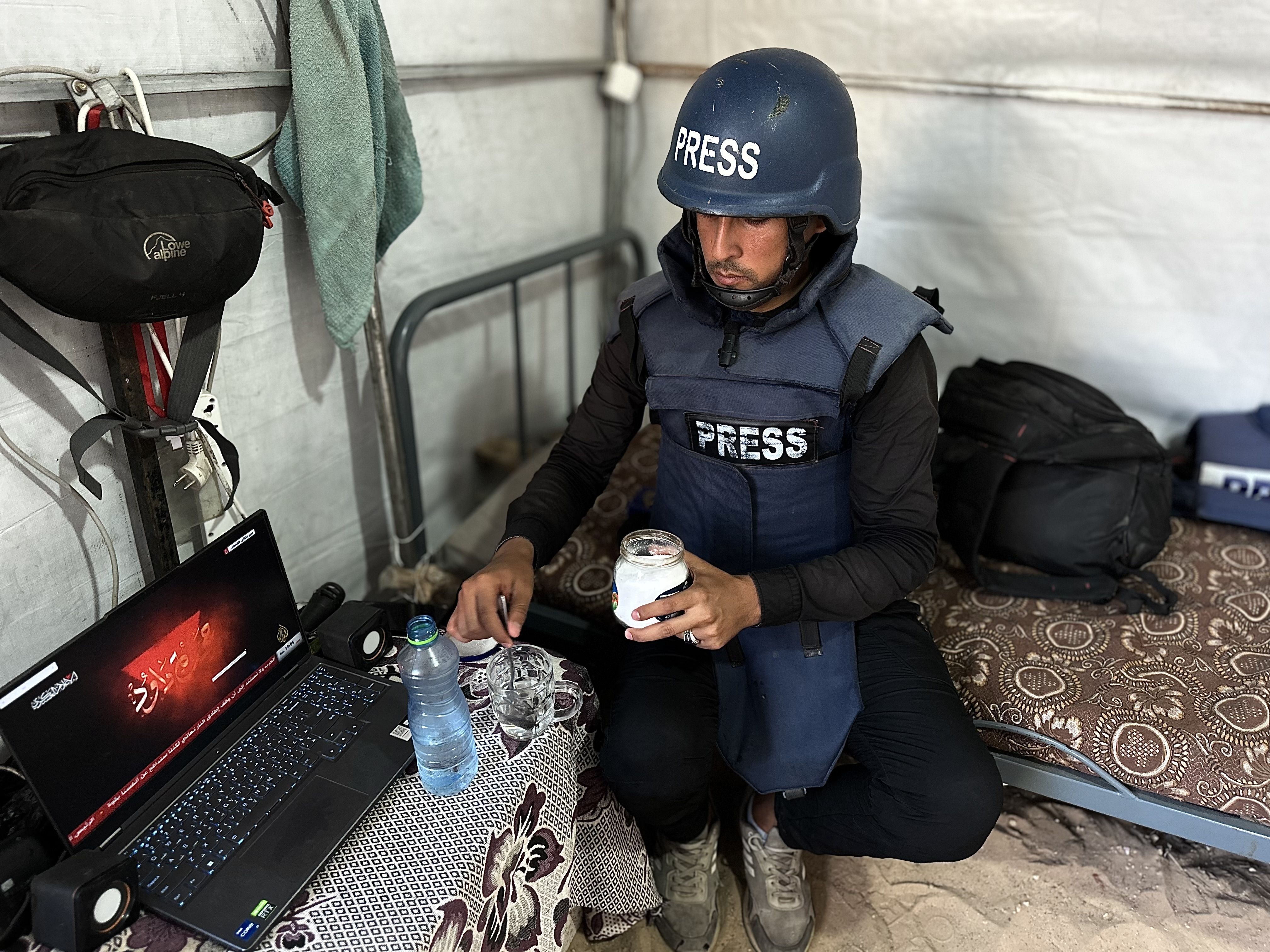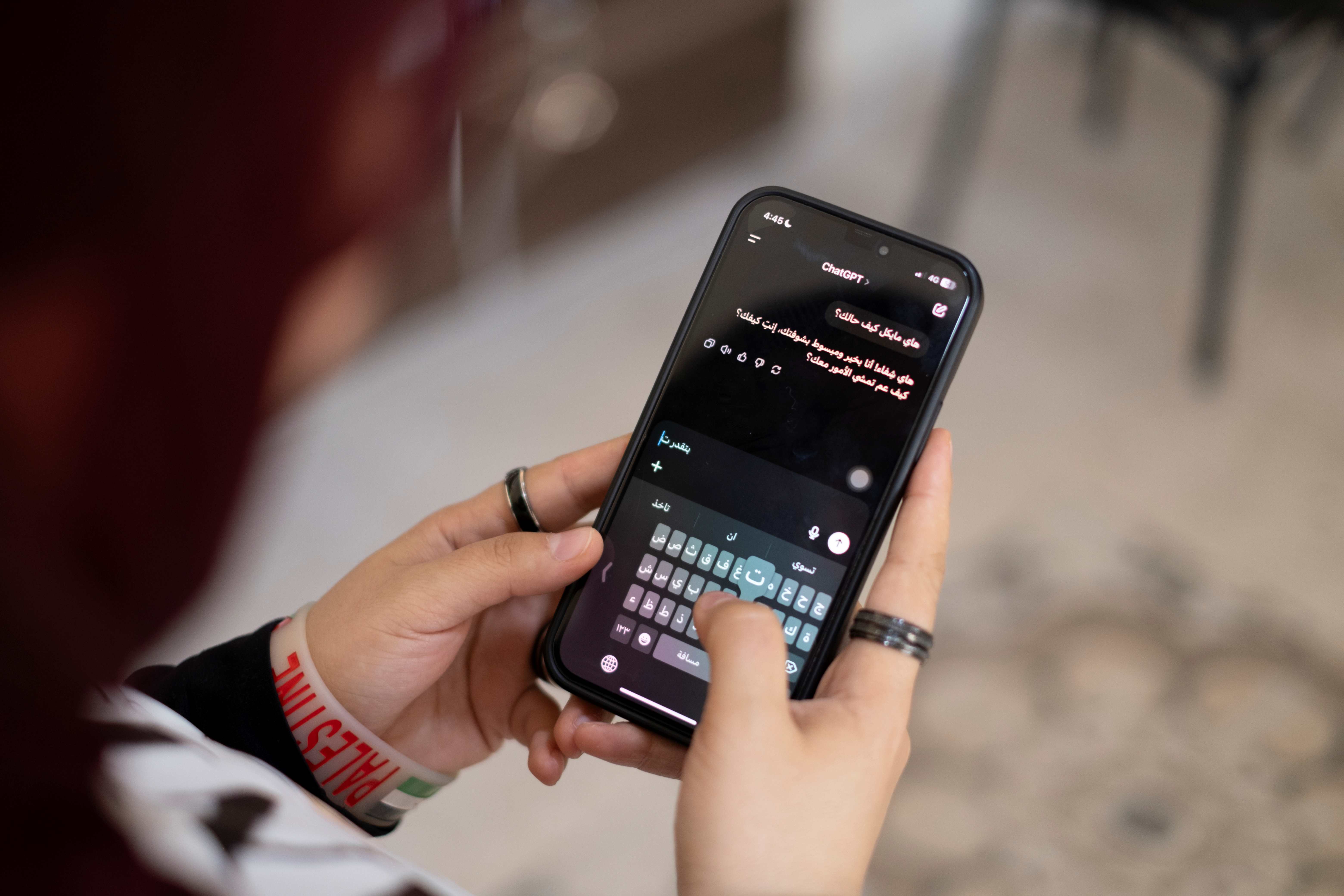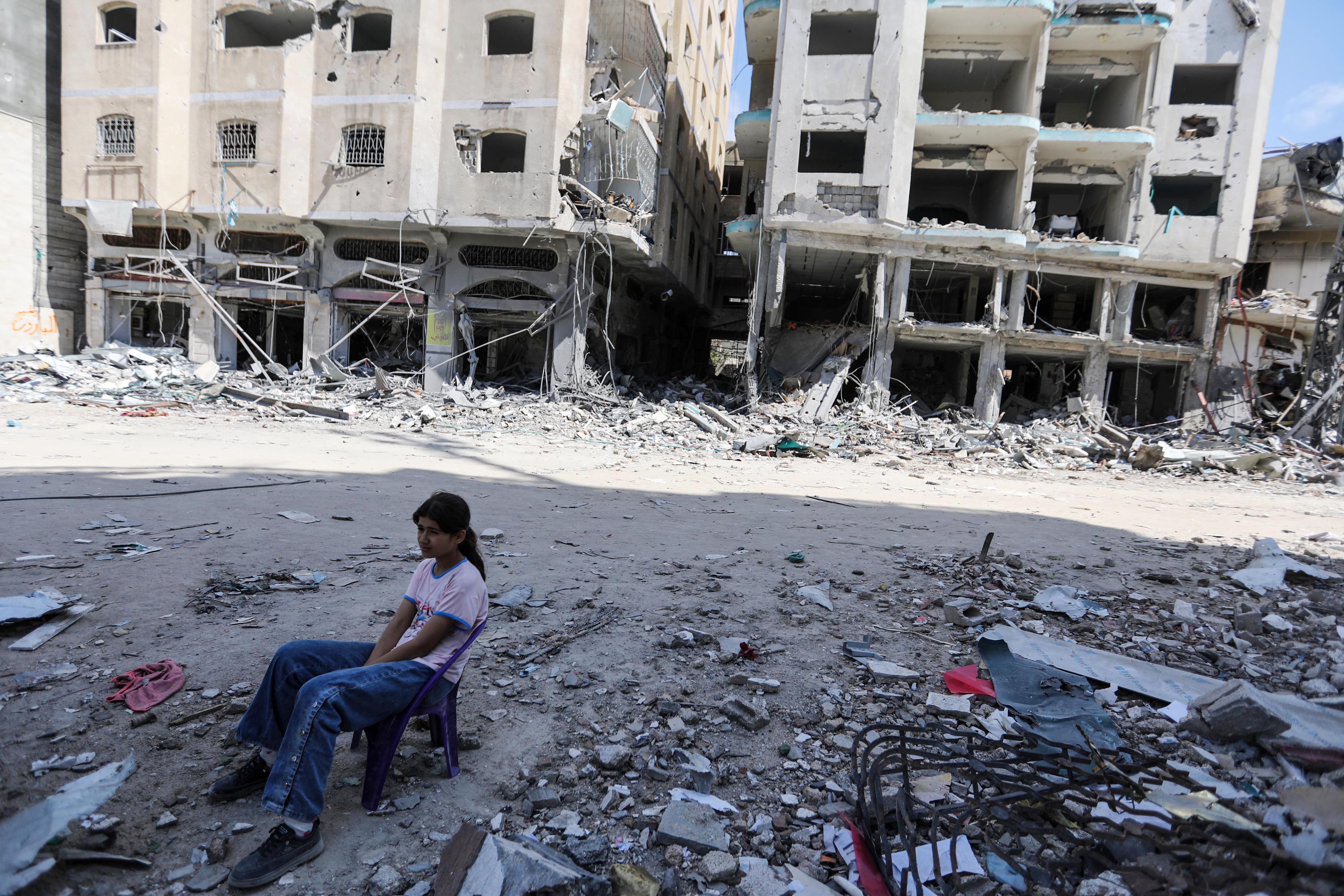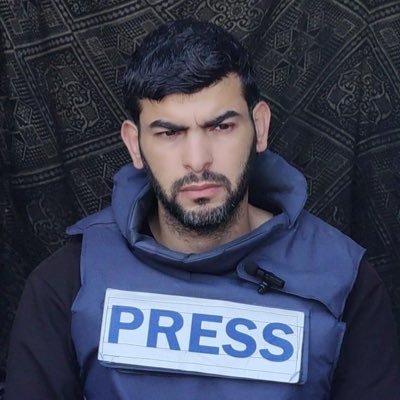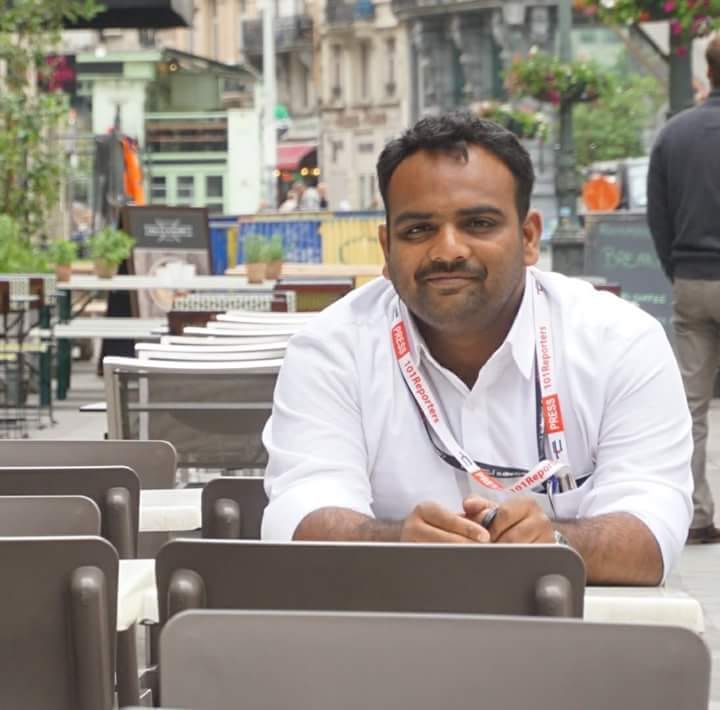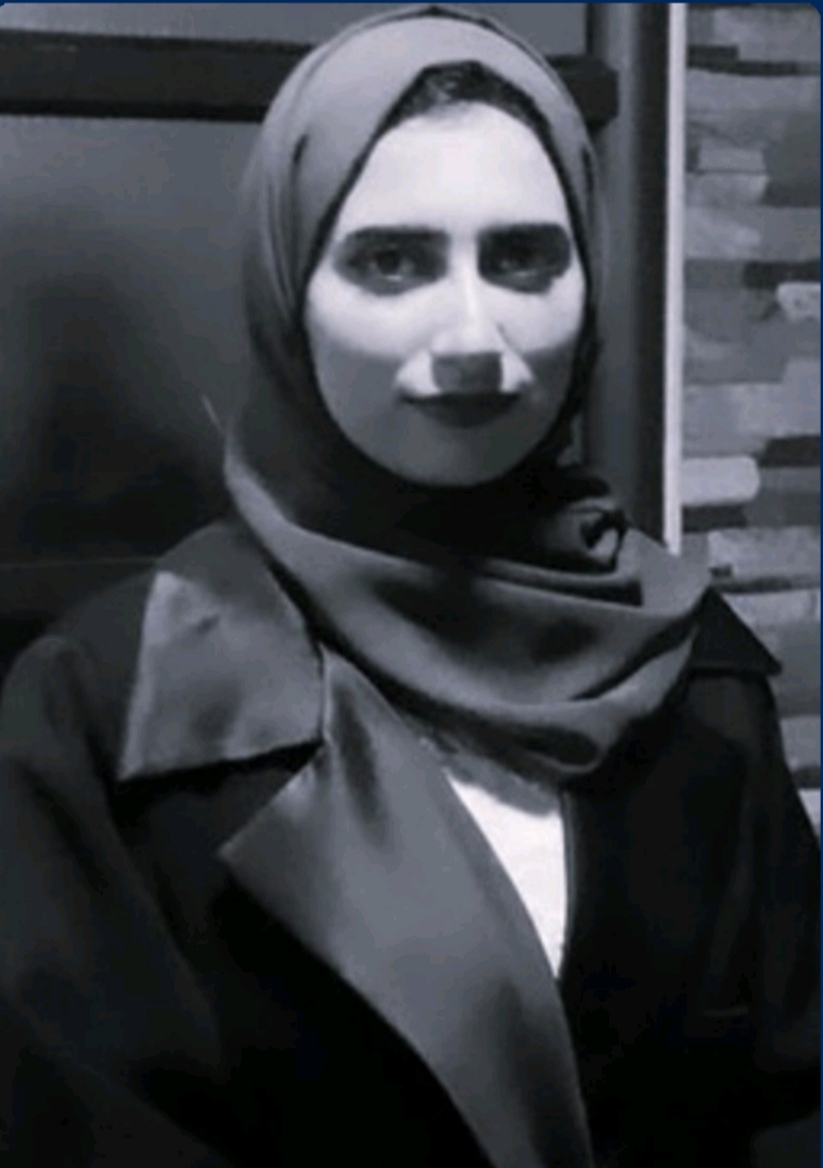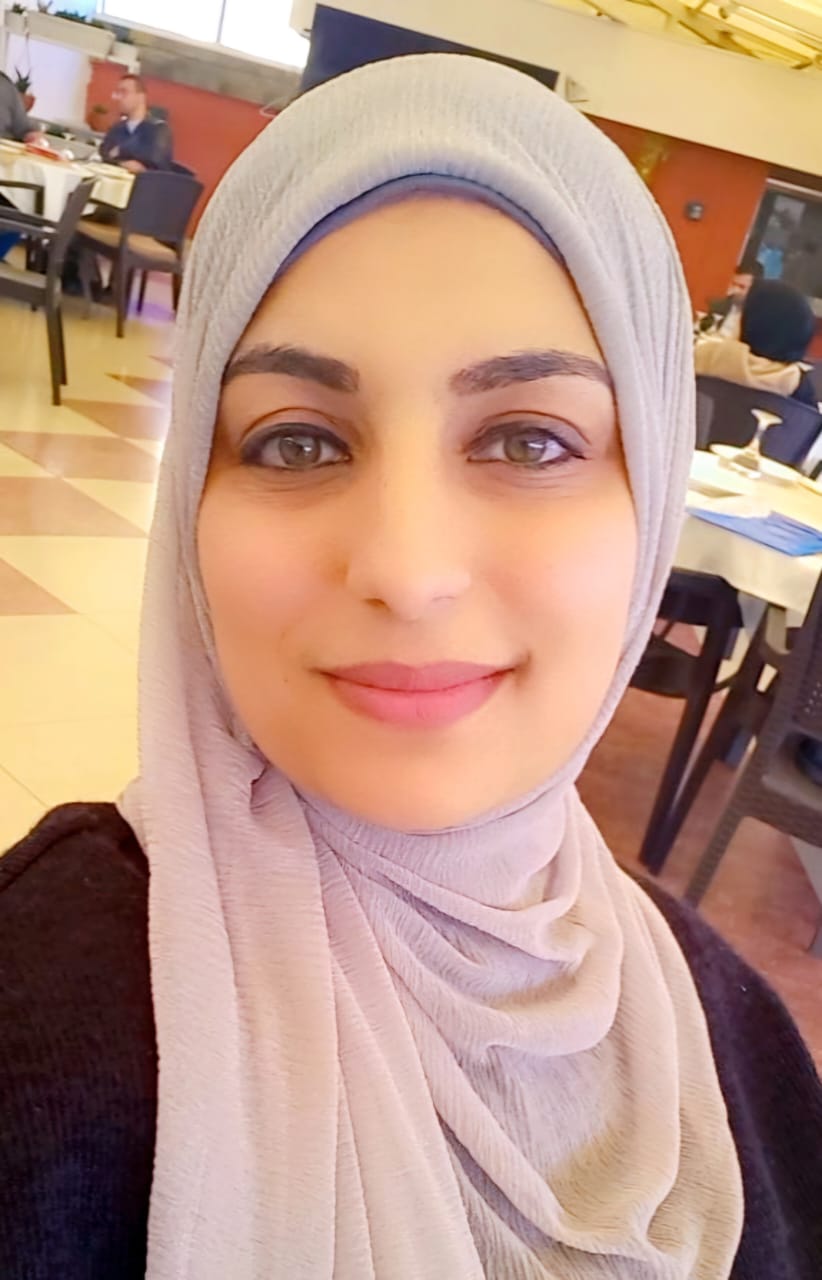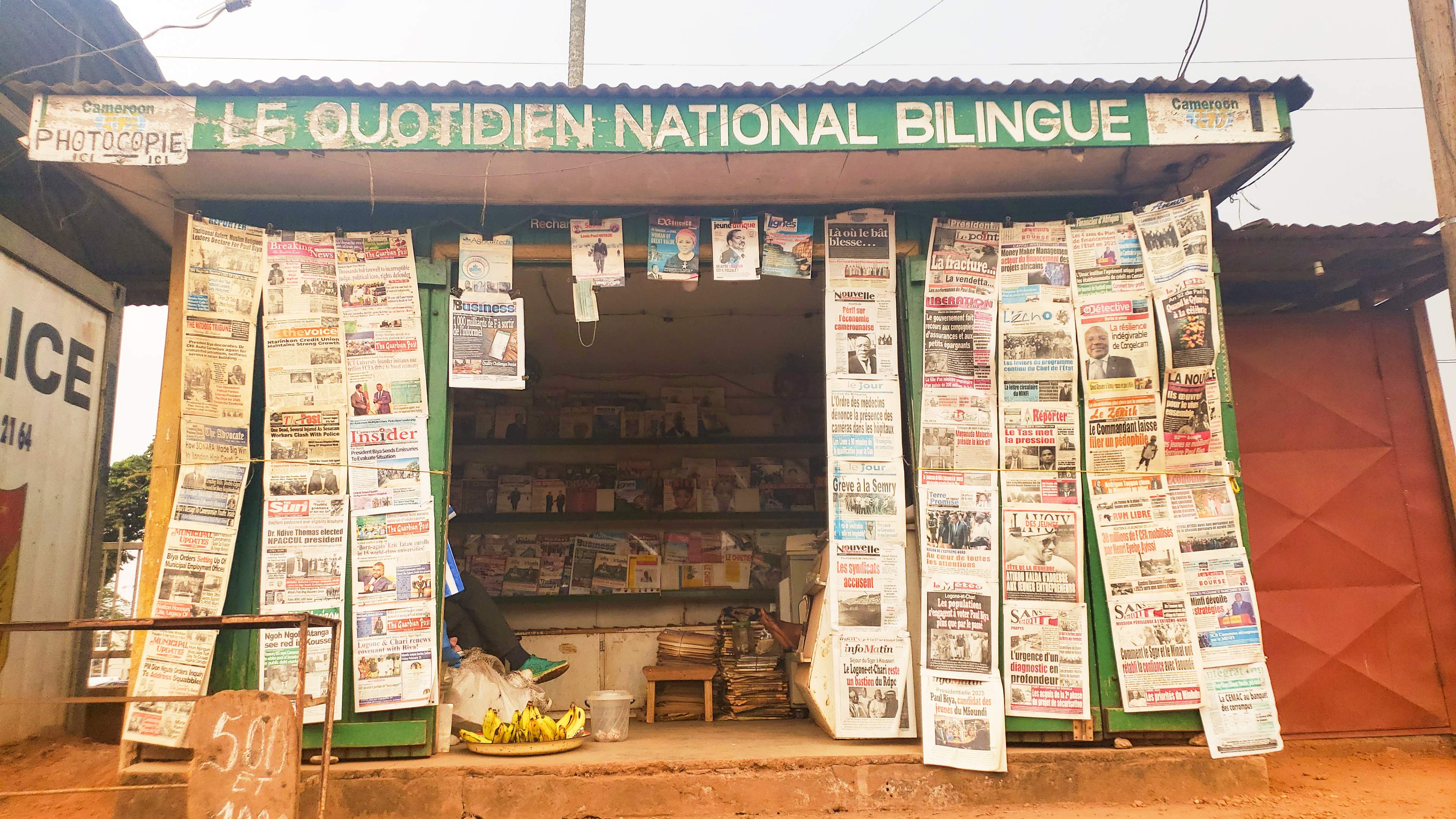على مدار عشر سنوات جمع رامي البريم الذي يلقبه أصدقائه بـ "أبو حرير"، -كأن أصابعه من حرير- بذور الزهور والنباتات المحسنة من مناطق مختلفة حول العالم ليزرعها في مشتله في شرق مدينة خانيونس بقطاع غزة.. ارتفعت أعمدة المشتل، وصارت المياه تمر على البذور، وقبل أن تلتقط البذور أنفاسها، دمرت طائرات الاحتلال الإسرائيلي مشروعه، وبدا محبطاً يقف على ركام مشتله يفكر هل من الممكن أن تمر التنمية في هذه البلاد؟ وهل من الممكن أن يعيد المال القادم للإعمار البذور التي هرستها دبابات وصواريخ الاحتلال؟
وبعد أن وضعت الحرب أوزارها، دار تساؤل مهم في أوساط الصحفيين الفلسطينيين ناتج عن مؤتمر إعادة إعمار غزة الذي عقد أوائل أكتوبر/تشرين الأول 2014 في القاهرة، بحجم تعهدات بلغ 5.4 مليار دولار من الدول المانحة، فهل تلتزم هذه الدول بتعهداتها من خلال ما يثبته الميدان؟
مع أن الأرقام بشكلها الحالي توحي بالتفاؤل، إلا أننا إذا تناولنا توزيعاتها الرقمية للقارئ والمراقب والمتخصص فسنجد أنها غير واضحة المعالم على أرض الواقع، دون مراقبة القصة الصحفية لبذور رامي في مشتله المدمر، هل تنمو من جديد بفعل أموال المانحين أم لا؟
أطلق فريق صحفي متخصص في غزة مبادرة لمراقبة أموال التنمية، كنت من بين الفريق، وأطلقنا على المبادرة اسم "متابعة لدعم الدولي" (1). تابع المبادرة فريق اقتصادي وشارك فيها عدد من الخبراء في فلسطين وخارجها، أهمهم مدير البرامج في شبكة السياسات الفلسطينية علاء الترتير، والخبيرة في المساعدات الدولية المقدمة للفلسطينيين هديل القزاز، وطَرْحُنا كصحفيين كان تناول مخرجات الدعم الدولي من خلال القصة الصحفية، التي كان رامي أحد أبطالها (2).
تقول حنين السماك مديرة فريقنا الصحفي في المبادرة: "لم يكن هناك جهة فلسطينية تتابع التمويل، وأغلب التقارير التي تصدر هي تقارير من جهات أجنبية فقط، وكل المعلومات شحيحة يتم الحديث عنها بأرقام، لذلك كان لا بد أن نتناول الدعم الدولي والتنمية من خلال الحديث عن الحياة اليومية للنازحين لإيصال صوتهم ومشاكلهم لصناع القرار في الداخل والخارج".
لا يتعلق الأمر بقضايا سياسية وبالأحزاب والتكتلات، بل بقضايا اجتماعية، إذ أن هناك عائلات لا تعرف شيئا عن التمويل.. فمن هو المسؤول؟ وكم حجم المبالغ من إعادة الإعمار؟ كان يهمّنا في المبادرة تعريف الناس بمقدار الدعم الذي يجب أن يصل لهم.
تَابَعْتُ مسار التنمية والمال من خلال القصة الصحفية حتى عثرت على كتاب الخبيرة في الدعم الدولي الكينية "وانغاري ماثاي" (3) التي عملت على مدى ثلاثين عاما في أفريقيا لكسر الجدار الذي يفصل الشعوب الأفريقية عن العدالة والثراء والسلام والاحترام بعيداً عن الفقر، وقد قادت ماثاي حركة الحزام الأخضر "Green Belt Movement"، ورَصَدَت الدعم الدولي المقدم للشعوب الأفريقية في مناطق مختلفة من خلال القصة الصحفية، وتناولَت الموضوع في كتابها "أفريقيا والتحدي" (4) الصادر عام 2009 من زاوية مهمة "مرض الملاريا"، ، ودَارَت في الكتاب منذ الصفحة الأولى حتى النهايات حول دور الناموسيات في القضاء على الملاريا.
شدَّني الكتاب لإكمال قراءته في يوم واحد فقط، نتيجة استخدامها للسرد القصصي في متابعة الدعم الدولي، وهي تتنقل في سطوره بين بيوت الناس وشوارعهم، وشباك صيدهم، وطرق نومهم، ولون المياه، والتربة والفواكه والخضروات، وكذلك ضعف الوعي المجتمعي، والتبعية الاقتصادية، وفساد المانحين والمتلقيين بالأمثلة.
لقد كان المتلقون الرسميون للمساعدات يعدون الخطط حول أزمة الملاريا والأمراض العابرة كالإيدز كلما زار مسؤول أممي دولهم في غينيا، ونيجيريا، وتوغو، وكينيا، وزيمبابوي، وإثيوبيا. وبعدما يغادر المسؤول الأممي بلادهم، تبقى المؤشرات والأرقام حول عدد الوفيات التي يتجاوز المليون في القارة السوداء في ارتفاع مستمر، كأن أحداً لم يزر هذه البلدان من قبل بدافع التنمية.
وزعت ماثاي الناموسيات على مئات التجمعات القروية في أفريقيا، وآلاف البشر، حتى لا تصيبهم لسعة البعوض فوق الجبال وبين الوديان، وشرحت للضحايا هناك ضرورة النوم تحت هذه الناموسيات، لكن الفقر والجهل جعل المتلقين للناموسيات يستبدلونها من وسائل للحماية، لوسيلة لصيد السمك في الأنهر، فقد صنعوا منها شباكاً، وناموا يواجهون الناموس بأجسادهم. أسوء من ذلك، ألقى الناس أكياس المساعدات الفارغة في الأنهر، وتحولت الأكياس فيما بعد لحاضنات تفقص فيها بيوض البعوض ومساكن موقتة له، في الوقت الذي صرفت فيه ملايين الدولارات لتدخل الناموسيات كل بيت.
هنا استطاعت القصة الصحفية أن تتبع مسار التمويل والدعم الخارجي للتنمية، وكشفت عن إشكاليات كبيرة في الدعم، وقلة التوعية. أما التغذية الراجعة فقد لفتت الانتباه للمشاكل التي تستحدثها المساعدات، فكيف تحولت أكياس المساعدات لحاضنات تتكاثر فيها البعوض؟
أنتقل من غابات أفريقيا إلى المدينة الغائبة خلف أسلاك الحصار، غزة. لم يزل رامي يربي ما تبقى من شتلاته لكي تنمو، فقد حصل على ربع المبلغ المفترض تسلمه لإعادة مشتله، ولكنه زرع ما تبقى من الشتل في الأرض حول البيت دون عناية فائقة، ريثما تتوافد أموال المساعدات، هذه الفكرة عرضتها عليه حين زرته في بيته شرق خانيونس، حتى لا تفقد الأشتال والأبصال والجذور أنفاسها، ولا يزال ينتظر المرحلة الثالثة من الدعم بعد استجلاب النايلون المخصص لترميم المشتل، وتأخر الدعم بشكل كبير.
وفي بحثي المتعمق حول دور الإعلام في موضوعات التنمية ركزت في الفترة الأخيرة على إصدارات مجلة تمويل التنمية (5) الصادرة عن صندوق النقد الدولي، والتي تختار بعناية كتّاباً متخصصين كبار، واعتمدت الأرقام والإحصائيات في قالبها، وأحياناً القصة الصحفية الجميلة، والتي جذبتي في انتقاء المصطلحات والألفاظ من بيئتها أكانت جبلية أم ساحلية.. بدوية أم حضرية.. كذلك الألقاب والصفات. انظر/ي مثلاً عدد يونيو/حزيران 2017 بعنوان جيل الألفية ومستقبل العمل (6) تناولت الكاتبة نادية صابر موضوعا اقتصاديا جافا بأسلوب قصصي جميل، ففي مقالها المعنون "البيزو في ثوب قشيب" نقرأ.. "لا، لست ثرياً، إنما فقير لديه نقود، وهو شيء آخر"، كانت تلك إجابة الكولومبي غابرييل غارسيا ماركيز الحاصل على جائزة نوبل للآداب عندما سئل عن ثروته الأدبية، والراحل غارسيا ماركيز، الذي كان يطيب لمحبيه أن يسموه "غابو،" أصبحت صورته مطبوعة على فئة العملة الكولومبية الثانية في القيمة –وهي عملة الخمسين ألف بيزو- كجزء من مجموعة العملات الورقية التي أصدرها البنك المركزي في عام 2016.
في نهاية المطاف تقدم القصة الصحفية المتميزة اختصاراً وجاذبية ووضوحاً، وقلة من الصحفيين قادرون على نسج القصة الصحفية بقالبها الجذاب ومحتواها العميق، خصوصاً إن استطاعوا شرح أهمية الموضوع من خلال لمسة إنسانية، وفيما يتعلق بمراقبة الدعم الدولي، لتبيان تناقضات التعهدات بالتنمية والتمويل وإعادة الإعمار مع ما ينعكس على حياة الناس واقعاً ملموساً، فكم من أموال ضاعت نفقات تشغيلية على الشركات المتعهدة بالتمويل، وما وصل إلا الفتات منها إلى مستحقيها، رصدتها القصة الصحفية بوجهها الحكواتي الجميل، ولا يزال الدعم الدولي متعطشاً للقصص التي تكشف حقيقته وتأثيراته.
هوامش
(2) http://www.aidwatch.ps/ar/news/على-هذه-الأرض-ما-يستحق-الحياة
(3) http://www.aljazeera.net/news/miscellaneous/2004/12/16/الكينية-وانجاري-ماثاي-تتسلم-جائزة-نوبل-للسلام
(4) http://www.aljazeera.net/knowledgegate/books/2014/7/7/أفريقيا-والتحدي
(5) http://www.imf.org/external/arabic/pubs/ft/fandd/fda.htm
http://www.imf.org/external/arabic/pubs/ft/fandd/2017/06/index.htm


